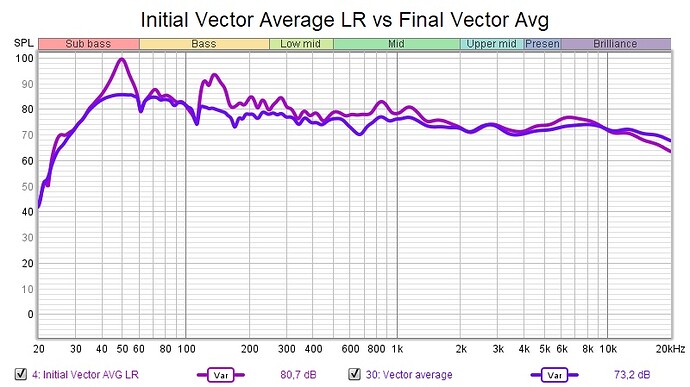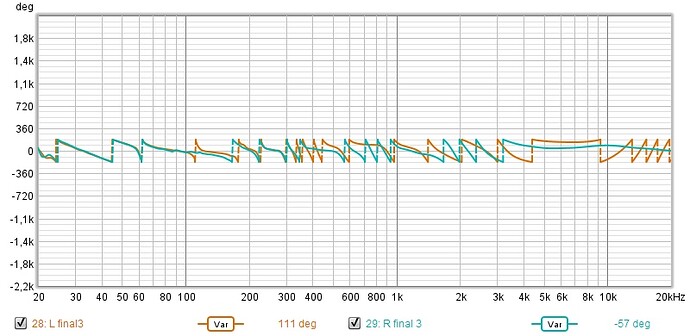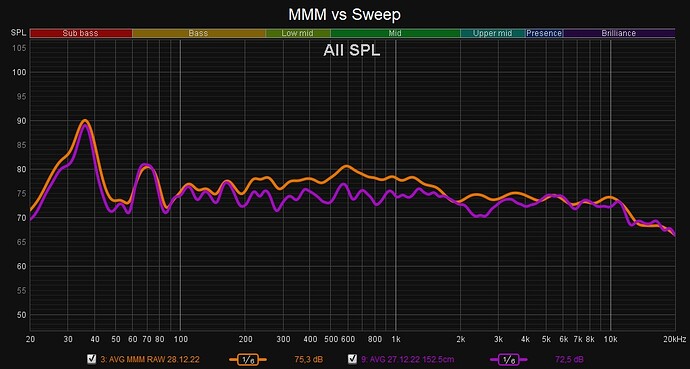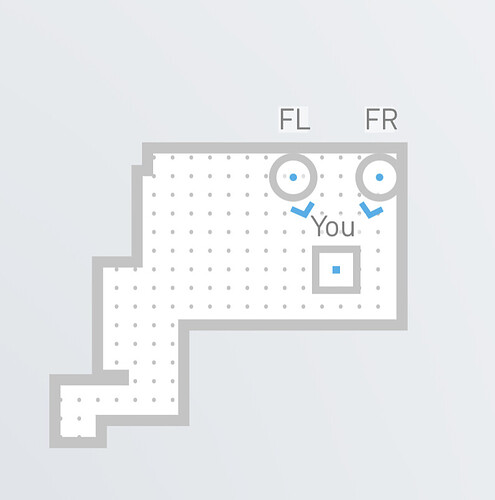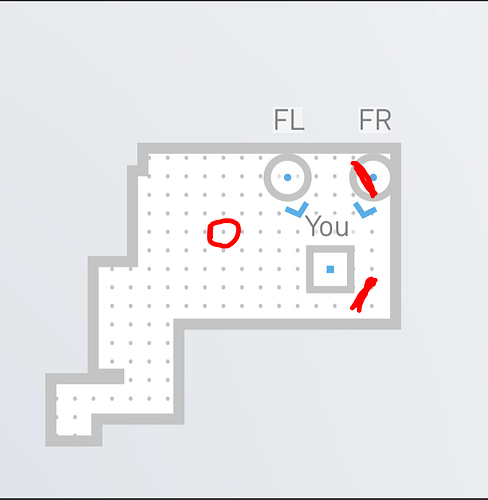OCA/Serkan,
Thank you for sharing your knowledge and the time taken to put this guide together - for a newbie it was spot on.
Took plunge on a Umik based on your post and can truly say the impact the inverted FR convolution filter is stunning - best bang for buck hifi investment.
Best wishes and thanks again you are a gent.
I could not agree more. Having the inverted FR convolution filter activated several weeks back, I have not felt the need for any additional measurements and/or changes. Very happy with the result, which is stunning and absolutely exceeding my expectations.
BR,
Richard
@OCA , I watched your latest YouTube video “REW Virtual Bass Array Filter” tonight. Thank you again for continuing to share your passion, knowledge, and experiment with such generosity.
I have followed your guidance and created FIR convolution filters already, with exceptional results, and I wonder which you recommend, between the two approaches, FIR convolution filter vs. virtual bass array filter?
I intend to try the virtual bass array filter for myself (which look very promising to me as focused on addressing the root cause) , but curious of your perpective.
Thank you,
Philippe
VBA is a quick and efficent filter but only takes care of the front/rear wall reflections. There are also the side wall and floor/ceiling reflections albeit to a lesser extent to deal with so I’d suggest to use this as a prefilter, see the actual response after eliminating a major room effect may be and then continue with a classical correction. I haven’t tried that yet though. Over correction is also known to eventually deteriorate the sound. I am sure some people are already trying so we will soon know ![]()
Either way, this filter should help see the problems in the room more clearly.
Interesting thought…
@OCA thank you verry much for providing this new method. I followed your guide and reached what I consider very good results for my setup.
I tried playing around with rephase as well, but there is no way to get phases to flatten like you show in your tutorials…
Here is my before and after. I have a couple of dips at 660hz and 170hz that seem to be due to opposite phases. How could I correct this? Do I need to to get into working with pragraphic phase filters?
Thank you very much!
Dimitris
Impressive work with REW and thanks for sharing all this.
I’ve always just corrected the two peaks I have between 20-100hz and never touched anything else in the frequency response. I’ve tried the full range correction but it has always sounded worse to me. I still haven’t done the full range correction with your instructions from the first post though.
Anyway, the virtual bass array seems like a very interesting concept. I’d like to try it out but my listening room isn’t perfectly rectangular. Well it is but one corner has huge opening to hallway. Does this matter when calculating the room modes in excel?
Thanks.
It wouldn’t matter, it takes care of the different dips between L&R. My room is exactly the same by the way.
In your case, it might look like crossing over right speaker earlier than the third dip would do better but I tested both and the standard results are a tad bit better still.
I just did a sweep two days ago with your instructions from the first post (so only from one spot) and also decided to do measurements with RTA/MMM method with Magnus’ instructions. Little difference on midrange but that’s not the point here. I just don’t have any other screenshot at hand so please ignore the comparison between MMM and Sweep. Purple curve is the sweep. Both curves are averages of L and R channels.
It’d be nice to be able to fill that wide dip around 45-60hz and the one at 85hz. I get pretty good results by only taking down that huge peak at ~36hz. Otherwise I’m pretty happy with my frequency response.
Filters 2 & 3 will do all that can be done for those dips, unfortunately they will only decrease but not disappear. There’s only so much that can be done for them. Did you try closing the ports?
Yes I know they won’t disappear but any improvement to them is welcome.
So you think filters 1 and 2 are more important than the virtual bass array? Maybe I should first try to finally accomplish the correction from the first post of this thread. Last time I had some difficulties following it through and I gave up. The new video is lot to take in with four filters and over an hour to look through.
Knowing nothing about applied treatments, your speakers (likely 3 way), subwoofers (?), their placement and room dimensions, I’d say you’ve got a pretty suboptimal room dimension ratio.
Maybe it’ll help a little more to set the target curve beginning below 70dB in the bass.
Filter 1 is VBA, 2 is inversion, 3 crossover phase correction, 4 excess phase inversal
It’s ATC SCM50ASL, no subwoofers, in 709 x 475cm (260cm height) room with mostly concrete surfaces. Since the room is living room + open concept kitchen, I can’t place the speakers optimally. They’re on the long wall shooting across the 475cm length, not in the middle of the wall but close to corner. 475cm wall next to the setup is not concrete though. There’s about 80cm from front of the speaker to the front wall. I can’t move the speakers much and the spot I now have is pretty much the best compromise. Listening spot I can move and it’s now ~150cm from the back wall. I measured it with RTA to find best sweet spot and it’s pretty much the one I have now. Picture below gives an idea and you can see the opening to hallway there also. I have 2x hofa tube bass traps on the closest corners of the setup and 2x gik monster traps on the wall behind speakers. Then I have some Ecophon acoustic panels on the back wall.
I have bad experience correcting the whole 20-20khz but I’ve only done it with the very basic methods through REW EQ. The setup actually plays great with just taking care of the room mode at ~36hz. But these new methods by Serkan are still very interesting and I try to get through the tutorial when I have proper time to get into it.
Should I ask why you’re not set up like below? Side reflections project the centre image and you have zero symmetry there.
If possible at all, I’d also recommend trying to setup along the short wall to the right, firing into the open area to the left…
The sofa would be where the dining table is if I’d put it the way like Serkan suggested. There would be room to put the speakers on short wall but that wall has huge window and door to balcony. I also have 65” OLED screen between the speakers and that obviously can’t be placed in front of the window. This space works as a regular living room/kitchen/dining room and I have wife and one year old kid living here also so I hope you understand. Maybe one day I have a dedicated listening room.
The point of DSP/room correction is to make speaker positioning easier to difficult spaces. IMO my frequency response looks quite good as it is. It sounds very good already with just fixing the worst room mode.
Remember, the space is still quite big and there’s almost three meters from speakers to the sweet spot. The center image is perfectly between the speakers, no need for balance controls.

